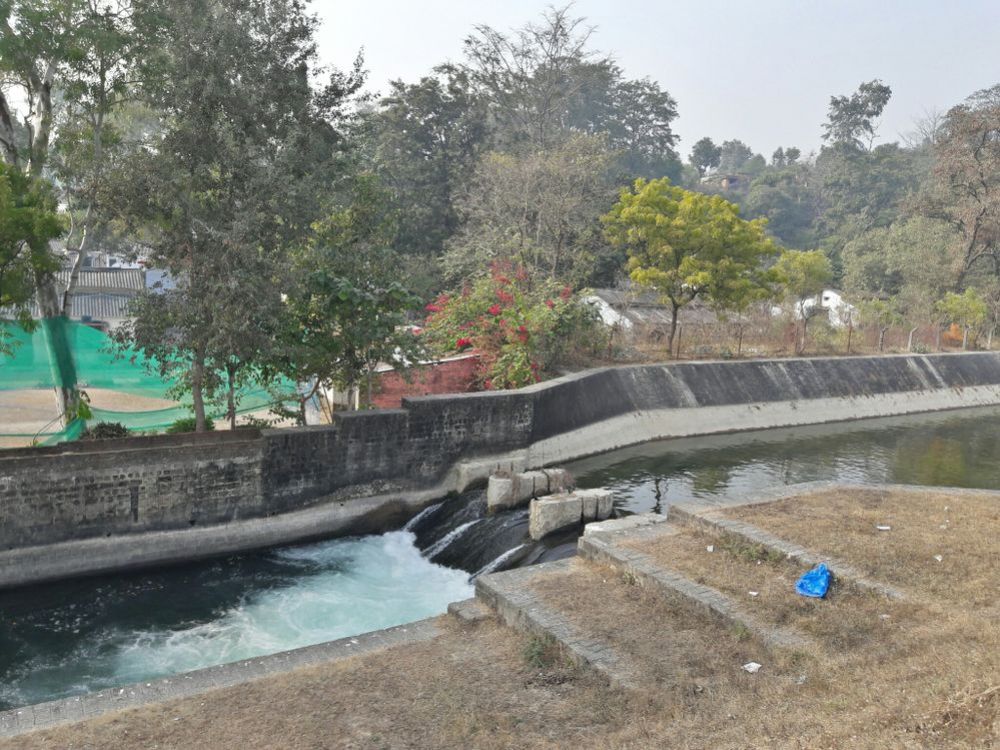

The Kosi River Dam lies in the proximity of the renowned Jim Corbett National Park in Uttarakhand, India. While Jim Corbett National Park is primarily known for its rich wildlife and as a habitat to the Bengal tiger, the picturesque Kosi River flowing through the park has also been an attraction for tourists seeking the beauty and tranquility of nature. The river is not only vital for the local ecosystem but has also been a perennial source of water for the wild animals of the park.
The tourism history of the Kosi River area is intertwined with the legacy of Jim Corbett National Park. Established in 1936 as Hailey National Park, it was the first national park in India, intended to protect the Bengal tiger. Since its inception, the park has attracted wildlife enthusiasts, photographers, and nature lovers from across the globe.
The construction of dams on the Kosi River has been driven by the need to control flooding and to provide water for irrigation. While these developments have a functional purpose, they inadvertently enhanced the scenic value of the riverside, making it an even more compelling destination for tourists seeking the solace of the riverside and the thrill of the wilderness.
Over the years, as eco-tourism gained popularity, activities such as bird watching, riverside camping, and nature walks alongside the Kosi River became prominent. The serene environment around the dam is also favorable for meditative and relaxation retreats, attracting a different segment of visitors who are keen to experience peace away from the hustle and bustle of city life.
Recent trends in tourism at the Kosi River Dam and Jim Corbett reflect a growing awareness and appreciation for sustainable and responsible travel practices. Visitors are increasingly keen on experiences that are eco-friendly and that contribute to the conservation of the park's natural resources. Community involvement and the promotion of local culture and handicrafts have also become an intrinsic part of the tourism offering in the region.
Digital technology has paved the way for virtual tours and online wildlife safaris, allowing those who cannot travel to the park to experience its beauty remotely. However, the tactile and immersive essence of being close to the wilderness and the allure of the riverside continues to draw nature lovers in person.
As the world becomes even more environmentally conscious, it is expected that eco-tourism will continue to be the bedrock of tourism activities around the Kosi River Dam and Jim Corbett National Park. The challenge and opportunity for local authorities and tourism providers will be to maintain a balance between facilitating a high-quality tourist experience and preserving the natural environment that draws people to this enchanting part of Uttarakhand.